Pool Automatic Safety Covers: Helping You Achieve Your Top Priority
While swimming pool ownership is about family, friends, and fun, there are a number of responsibilities that come with it as well. You’re responsible for opening and closing your pool properly and for keeping it well-maintained throughout pool season if you want to avoid costly repairs.
But perhaps the most important responsibility you have is ensuring that children — especially young children — don’t get access to the pool unless they are with an adult. According to the U.S. Consumer Product Safety Commission (CPSC), the majority of deaths and injuries in pools and spas involve young children ages 1 to 3 and occur in residential settings. Not only do you have a moral obligation to prevent these tragedies, you have a legal one as well.
A New Respect for Automatic Safety Covers
When pool automatic safety covers first came on the market a while back, government entities were understandably unsure what to make of them. They were welcomed as another form of barrier and clearly held the potential for improving pool safety. However, it would take some time for municipalities to become familiar with — and comfortable with — just how good a deterrent automatic safety covers are.
Until then, the existing swimming pool barrier guidelines would remain in place. For example (consult your local government for regulations in your area), things like:
- Fences four feet high (and ideally higher)
- No handholds or footholds in the barrier construction
- Spacing between vertical slats of no more than 1.75 inches
- Mesh size of no greater than 1.25 inches on chain link fences
- Etc.
However, in recent years, some jurisdictions have begun including automatic safety covers in their regulations. In fact, they are deemed as effective as fencing and can be used instead of it in some scenarios. (See more information below, and also please get specifics from your local government.)
What are the Regulations Where You Live?
The regulations regarding pool barriers differ by municipality and are subject to change. However, a partnership between the International Code Council (ICC) and the Association of Pool & Spa Professionals (APSP) developed a set of swimming pool-related building codes called the International Swimming Pool and Spa Code (ISPSC) that many municipalities, and entire states in some cases, are adopting.
There are two versions of the code. The 2012 version allows an automatic pool cover in lieu of a fence for inground spas only. The 2015 version allows for an auto cover in lieu of a fence for all inground pools and spas. As an example of how the code is being adopted, here are the states that have put it into effect as of April 2019 (always check with your state or municipality for the latest information):
Mandatory Adoptions
- Connecticut
- Georgia
- Kansas
- Louisiana
- Maryland
- Massachusetts
- Michigan
- Montana
- New Jersey
- New York
- North Carolina
- Pennsylvania
- Virginia
- Washington
- Washington, D.C.
- West Virginia
Optional Adoptions
- Alabama
- Arizona
- Arkansas
- California
- Colorado
- Illinois
- Indiana
- Mississippi
- Missouri
- Ohio
- Oklahoma
- South Carolina
- Tennessee
- Texas
- Wyoming
Source: ISPSC Adoption Status Report 04-01-2019
While we can’t advise you on the laws affecting your swimming pool, we can tell you all about pool automatic safety covers. The independent Latham Independent Builder in your area would be happy to talk with you about your needs and how our covers and other products can help you meet them.

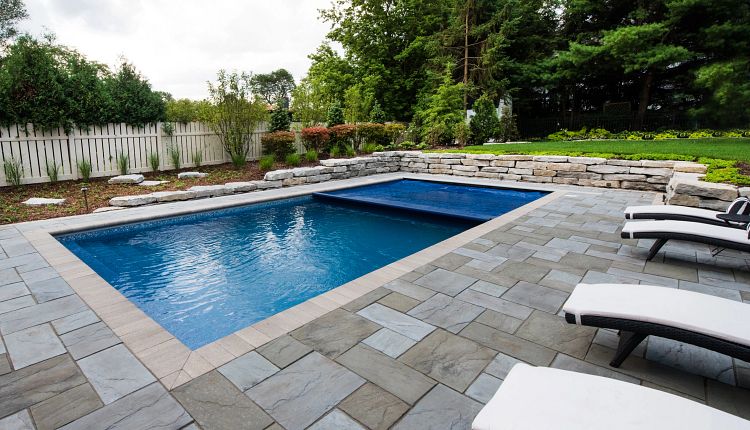

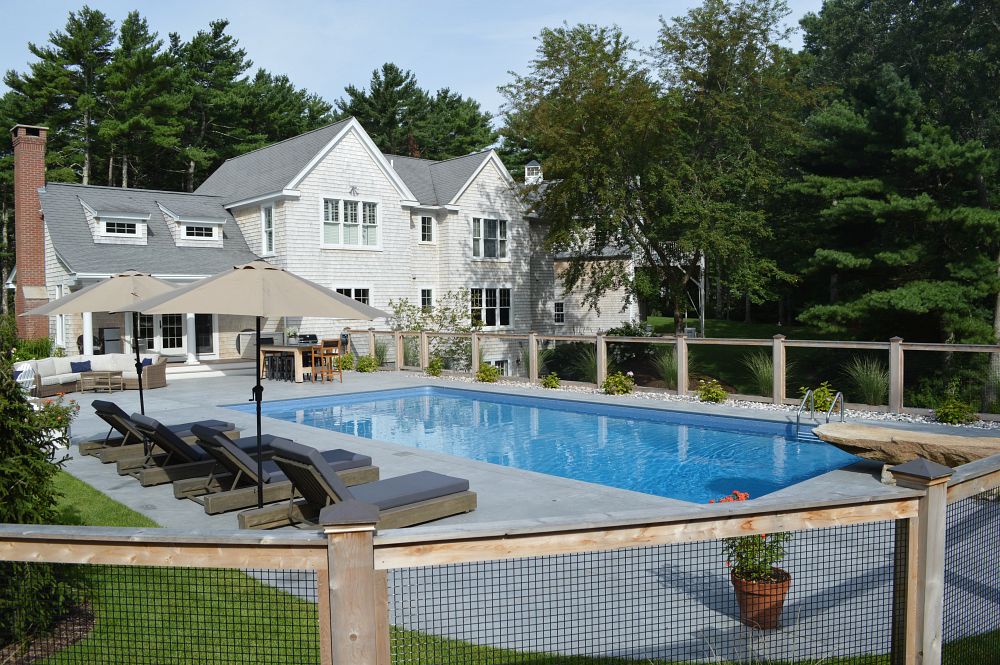
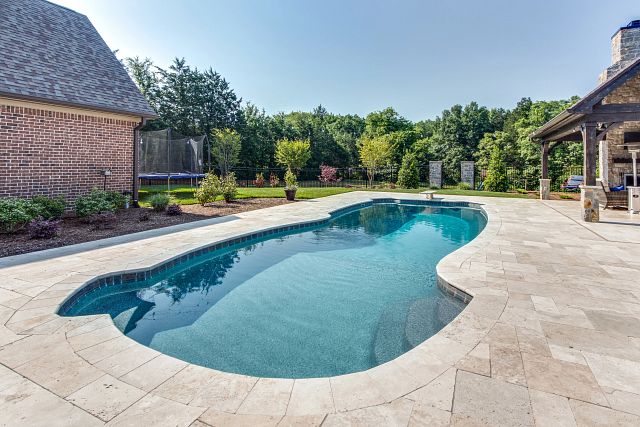
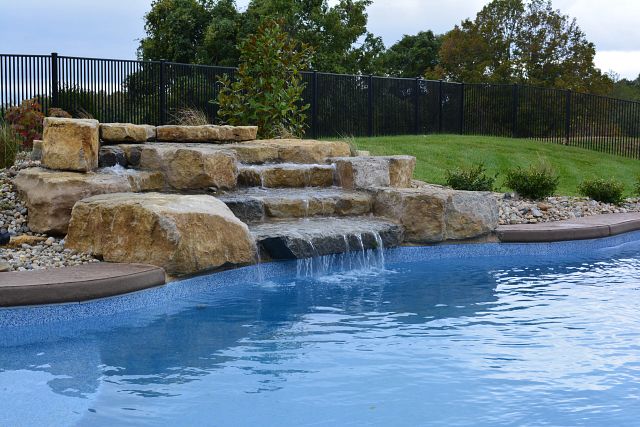
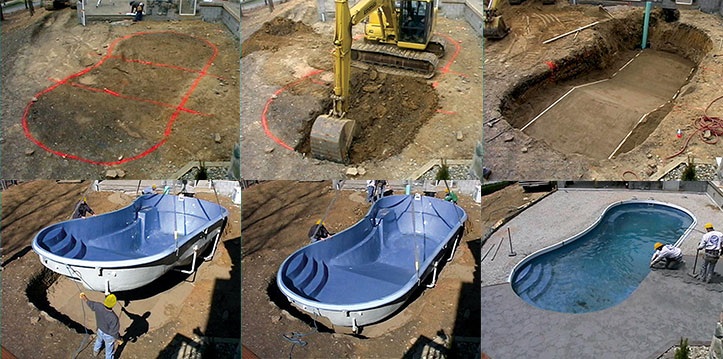
Join the discussion